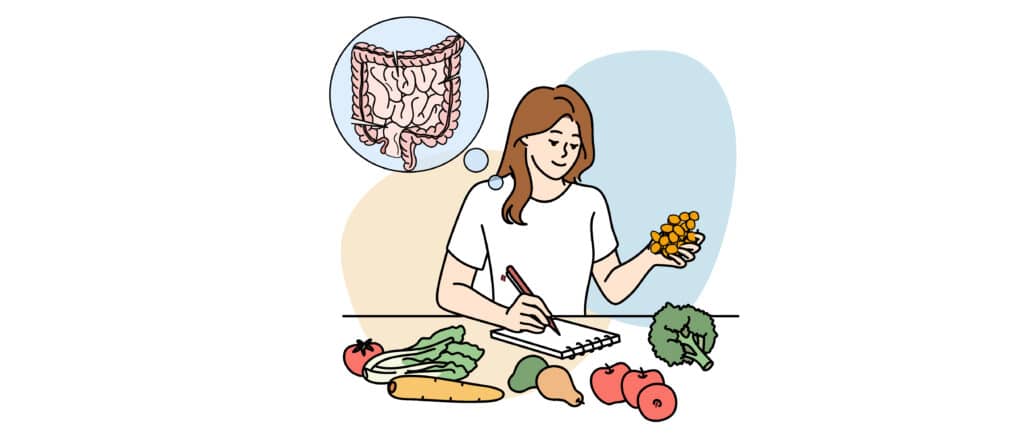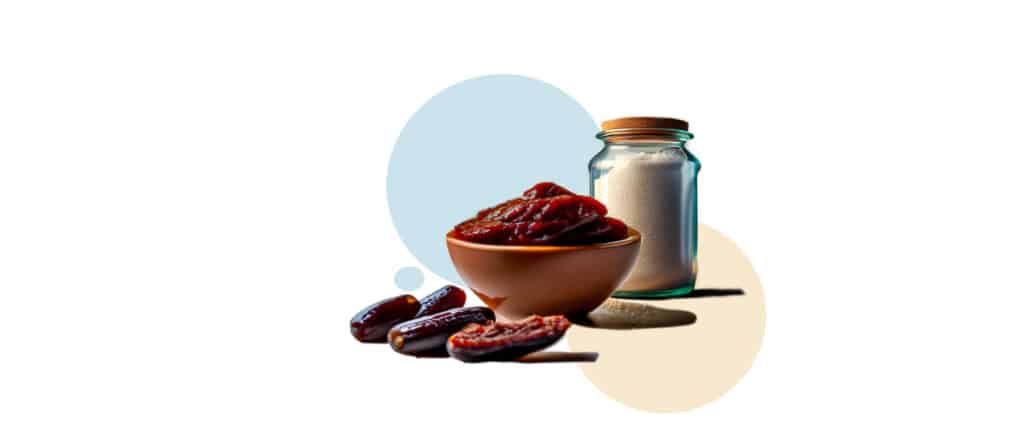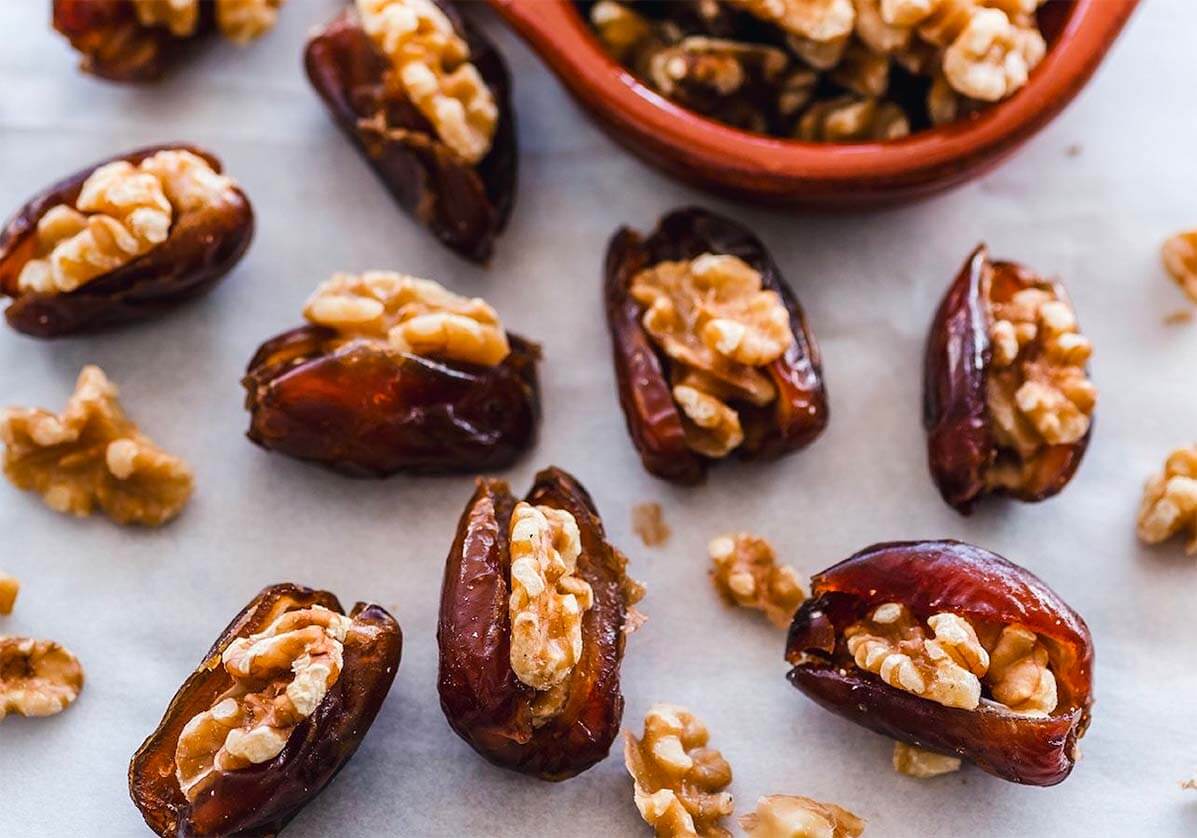What Does Iron Do to Your Body?
- Dates Nutrition All About Dates
- August 11, 2021
- 10 minutes read
Iron is a nutrient that is vital in sustaining a healthy body. Our bodies use the mineral iron for a variety of essential functions. This includes oxygen transport and energy production. Iron has a very important role in bodily processes. Therefore, low levels of iron can lead to adverse health effects. Still wondering, “What does iron do to your body?” Let us dive deeper into all things iron!
Health Functions
There are two types of iron that we can consume from the diet. We then utilize them in the body. They are called heme and non-heme iron. Heme iron is more bioavailable. This means it is readily absorbed by the body. Heme iron is found in hemoglobin. This is a protein that transports oxygen throughout the body. It is commonly found in other living organisms. Sources of heme iron include animal sources such as red meats, fish, and poultry.
Conversely, non-heme iron is found in both plant and animal sources. However, it is found in greater amounts in plant foods. These include whole grains, nuts, and seeds. You can also find them in legumes and leafy greens. The major difference between the two forms of iron is how they are taken up into the body from the food we eat. However, once digested and absorbed, the nutrients are used for similar purposes.
Iron holds many vital functions for the body. It is stored in high quantities in organs. These are the liver, spleen, muscle tissue, and bone marrow. Iron also functions in energy production in the body.
One of iron’s primary functions is the transport of molecules throughout the body. They are the ones who transport oxygen through your hemoglobin and myoglobin. As mentioned earlier, hemoglobin transports iron and oxygen to the lungs. Similarly, myoglobin provides oxygen for your muscles.
Disease Risk Reduction
Iron-related risks include nutrient deficiencies. These can lead to iron deficiency anemia. This form of anemia occurs when your body does not have enough of the mineral iron. This can lead to negative health effects.
A lot of things can lead to the depletion of iron stores in the body. Iron deficiency can lead to decreased efficiency of oxygen transport throughout the body. Iron deficiency anemia is an example. This disease is exhibited by brittle nails, pale skin, weakness, or headaches. Additionally, red blood cells that normally function in carrying oxygen around the body can be altered. This in turn decreases the efficiency of their functions.
There are many ways to decrease your risk of developing iron deficiency anemia. You can start by consuming adequate amounts of iron through the diet. Great food sources of iron include meats, poultry, and seafood. You may also find them in fortified grains, nuts, seeds, legumes, and vegetables. Additionally, many breads, cereals, and infant formulas are fortified with iron in the US.
Additionally, you may supplement your iron intake with nutrients like vitamin C. This improves the absorption of non-heme iron. Foods rich in vitamin C include citrus fruits, dark green leafy vegetables, and bell peppers. Melons and strawberries are also good sources of this vitamin. Dates, which are fruits, have about 0.3 mg to 10.4 mg of iron in them per cup.
Additional sources of heme iron:
Knowing other sources of heme iron decreases the risk of iron deficiency anemia. The following list will educate you on improving your iron stores:
- Oysters, clams, mussels
- Beef or chicken liver
- Organ meats
- Canned sardines
- Beef
- Poultry
- Canned light tuna
Sources of non-heme iron:
There are various vegetables that contain different amounts of non-heme iron. Out of all the plant sources, the following contains high amounts of non-heme iron:
- Fortified breakfast cereals
- Beans
- Dark chocolate (at least 45%)
- Lentils
- Spinach
- Potato with skin
- Nuts, seeds
- Enriched rice or bread
Groups at Risk
There are a lot of groups at risk for iron deficiency. This may lead to other related health consequences. These groups include pregnant women, menstruating women, and children. It also includes the elderly and vegetarians.
Pregnant women
During pregnancy, a woman’s iron needs increase drastically. This is due to the increased production of red blood cells for the fetus. Iron deficiency anemia is associated with health risks for both mom and baby. Therefore, it is important to get tested for iron deficiency. We recommend that you discuss this with your healthcare provider.
Menstruating women
Some women may experience heavy bleeding during menstruation. They have an increased risk of developing iron deficiency anemia.
Children
Infants and children are experiencing a period of rapid growth and development. Therefore, this naturally increases their body’s iron demands.
Elderly
Older adults may experience a higher risk of poor nutrition. Some chronic inflammatory diseases common in the elderly can lead to anemia.
Intake Recommendations
The Recommended Dietary Allowance (RDA) for adults 19-50 years:
- 8 mg daily for men
- 18 mg for women
- 27 mg for pregnancy
- 9 mg for lactation
Women need higher amounts of iron. This is because of the increased blood loss through menstruation. Pregnant women must especially consume a lot of iron. This is because the rapid growth of the fetus requires extra blood circulation during pregnancy.
Adolescents 14-18 years are actively growing and need higher amounts of iron:
- 11 mg for boys
- 15 mg for girls
The Tolerable Upper Intake Level is the maximum daily intake that will not cause adverse health effects.
- 45 mg daily for all males and females ages 14+ years
- 40 mg for children younger than 14 years
What Does Iron Do to Your Body: The Conclusion
The essential mineral iron plays many important roles in our bodies! It is important to recognize if you are at risk for deficiency. Afterwards, we recommend taking appropriate steps to manage your iron intake. Talking to your doctor or a registered dietitian is a great first step. This will help you manage iron deficiency. It will also help prevent further risks.









